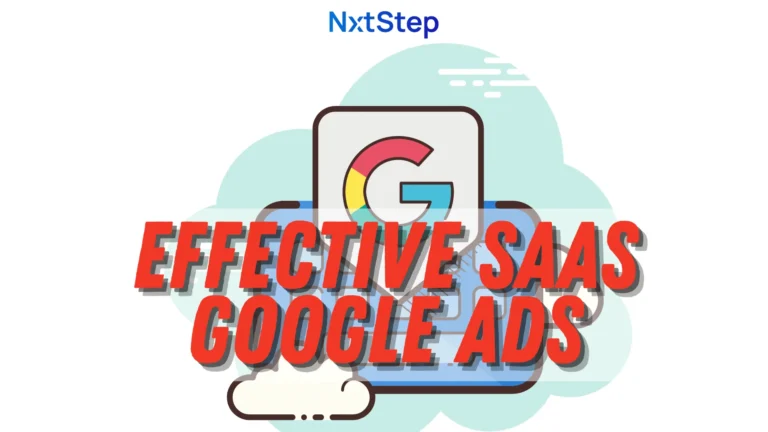Have you ever wondered how innovative products like smartphones and e-commerce platforms come to life? The journey from idea to market involves a meticulous process known as the product development process. This blog post will guide you through the ins and outs of the product development process, providing valuable insights and best practices to help turn your product idea into a market success.
Key Takeaways
- The product development process is a standardized method to create new products and foster innovation.
- Core components include idea generation, market research, defining a vision & building a business model, designing/prototyping and testing/validation.
- Successful product development involves understanding user needs, mitigating risks & adopting best practices such as agile methods to overcome common challenges.
Understanding the Product Development Process
Initiating with a seven-step plan, the new product development process shepherds a product from product concept to market launch. This standardized method, also known as the product development cycle, outlines the tasks necessary for creating a new product, from initial idea to final release. It fosters innovation, generates new product ideas, and ensures business competitiveness and revenue growth.

Overseeing product development from ideation to sunset, including the design and build process, forms a vital part of product lifecycle management. Refining one’s approach, staying aware of industry trends, and collaborating are key to successful product development, ensuring that the end product meets the needs and preferences of the target market.
The Core Components of Product Development
Execution of various stages within the product development process is key to creating a successful product.

These stages include:
- Idea generation
- Market research
- Product vision
- Business model
- Designing and prototyping
- Testing and validation
- Growth and scaling
Each stage plays a critical role in the overall success of the product, providing a strong foundation upon which the finished product is built.
Idea Generation and Market Research
Idea generation and market research, the first stage of product development, encompasses brainstorming, identifying market gaps, and gathering customer insights. Understanding customer needs guides the development process and certifies that the final product aligns with customer needs. Techniques employed in idea generation and market research may include concept testing, product discovery techniques, external sources to access customer requirements, and a SWOT analysis.

Success can be assessed during this stage to validate the potential of the product and your path from here.

Pro Tip: What you are really looking for is what I call a problem worth solving. To learn more about this topic, read my related guide here.
Defining a Product Vision
A product’s success hinges on the establishment of a clear and compelling vision. The purpose of this stage is to create a concise vision for the product, including its value proposition, target audience, and distinguishing features.
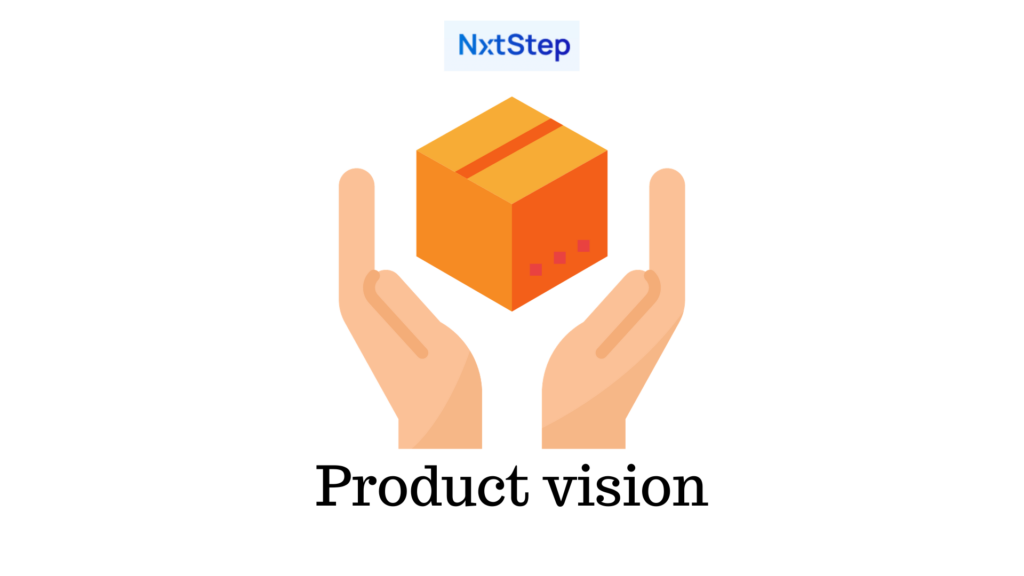
A Product Requirements Document (PRD) can provide a comprehensive overview of the product’s features, specifications, and functionalities.
Insight: I perform software company turnaround efforts and where I see most projects go sideways are the ones that do not have a clear vision. Without one, it will be as if your team was in different boats and everyone in each boat was rowing in a different direction. Very hard to make progress.
Building a Business Model
Formulating a viable business model forms a major part of the product development process. This involves outlining the product’s revenue streams, cost structure, and go-to-market strategy. The marketing strategy development stage and the concept fit stage are important in constructing a business model, as they help to demonstrate the potential market share, revenue potential, and time-to-revenue for the product.
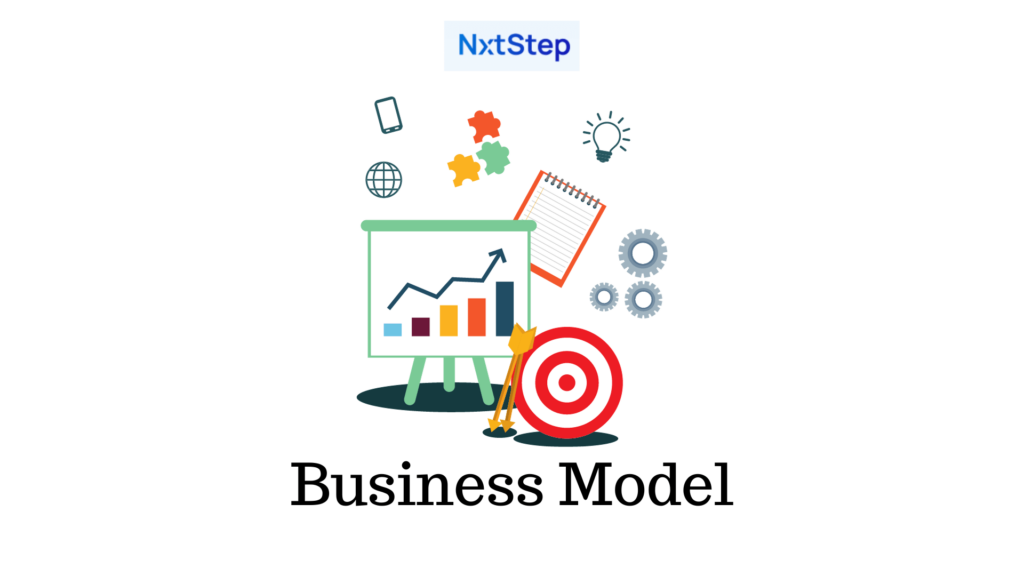
At the business analysis stage, the team can develop estimates of development costs and calculate ROI or IRR metrics.
Insight: A business model is how your software product generates revenue. For a complete guide on building one for your software product, ready my ultimate guide here.
Designing and Prototyping
The product development process necessitates the creation of a visual product representation and the construction of a functional prototype. The development and design teams work together to create mockups and prototypes, which can be tested for feasibility and usability. Prototyping is essential for identifying potential risks or opportunities prior to constructing the product.
Test marketing, which involves presenting prototypes to customers and collecting initial feedback, is typically conducted during the prototyping phase.
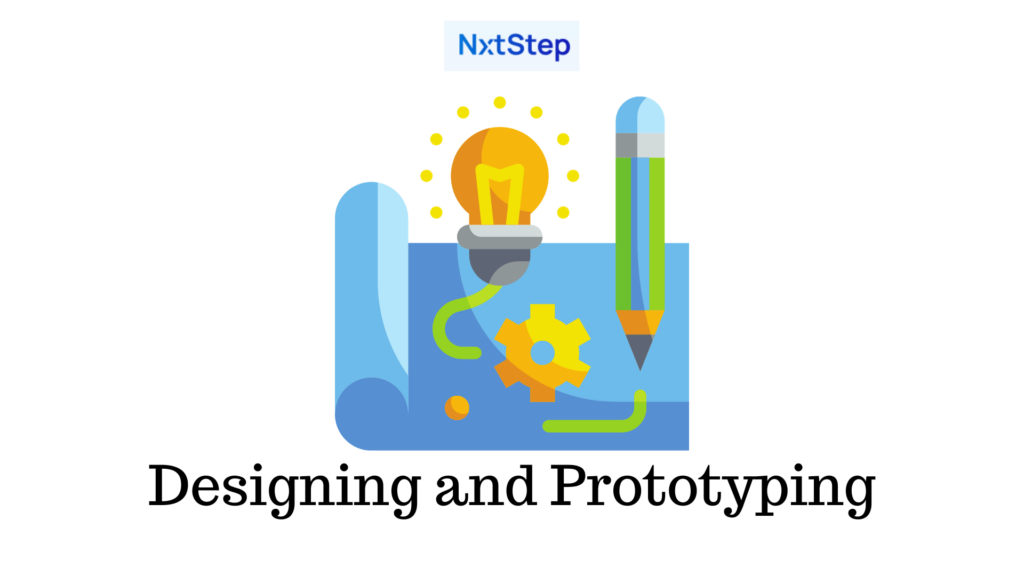
Insight: As they say ‘a picture is worth a thousand words’. Use designs to improve communication with your product development, technical and software design/engineering teams. The more they can visualize what you are expecting the faster your product will be built which will also help you keep the budget under control. My favorite design tools are Balsamiq for low-fidelity and Figma for high-fidelity prototypes.
Testing and Validation
The product must meet customer needs and industry standards. This involves rigorous testing and validation processes, which can help establish trust with customers, minimize potential issues, and create a foundation for a successful product launch.

The Product/Market Fit phase involves:
- Evaluating prototypes with users
- Recognizing applicable use cases
- Assessing technical and market risks
Involving customers in the product development process ensures that the end product will be tailored to their needs and preferences.
Insight: I developed an email course detailing my entire process which includes designing, building and launching a B2B SaaS product. If this sounds like you, sign up for my free course here.
Growth and Scaling
Growth and scaling signify the final stage in the product development process. This involves extending the product’s reach and influence through planned marketing, sales, and distribution initiatives. The product manager collaborates with the marketing and sales teams to devise a successful strategy and assess the success of the product post-implementation.

Reaching scale may mean building new sales channels like advertising or investing in search engine optimized content marketing all the way to building affiliate marketing programs to help fans and industry adjacent professionals sell your product for you. Ultimately, testing will help you determine which options work best for your company.
The Role of Cross-Functional Teams in Product Development
Successful product development necessitates collaboration among diverse teams and disciplines. A product development team, consisting of cross-functional members, plays an integral role in the process, contributing their specialized skills to promote successful collaboration. Talented engineers and product managers, for example, can provide precise technical estimations and assist in establishing stakeholder expectations.
This teamwork and communication can streamline the launch process and result in a more successful product.
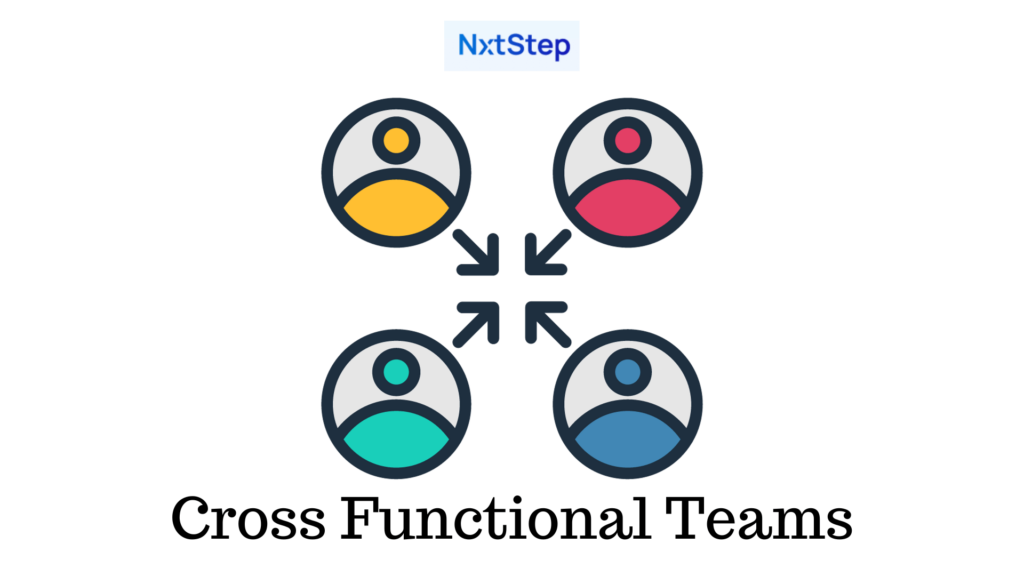
Insight: The objective here is to achieve high-functioning status for your product development process. If you’d like to know whether or not your product development process is high-functioning, schedule a free product strategy call with me to review.
Agile vs. Waterfall Approaches to Product Development
The Agile and Waterfall methodologies represent two primary approaches to product development. The Agile approach involves utilizing sprints, which are cycles that incorporate both development and customer testing. In contrast, the Waterfall approach is a linear process where each phase of the product development process is completed in sequence prior to commencing the next phase.
Each approach has its strengths and weaknesses, and the choice between them depends on factors such as the desired level of flexibility, customer feedback, and project duration.
Insight: There really isn’t a right or wrong answer here. Development philosophy is dependent on many variables including your product, industry and company. You should also keep in mind that the vast majority of product teams incorporate principles from both. Agile vs Waterfall doesn’t (and really shouldn’t) require an all or nothing approach.
Real-Life Examples of Successful Product Development
For a more practical understanding, we will delve into real-life product development examples across different industries. These case studies showcase effective product development strategies and the importance of following a structured process.
Example 1: A Revolutionary Smartphone
The first iPhone, unveiled by Apple CEO Steve Jobs in 2007, revolutionized the mobile device industry. The development of the iPhone involved design and development by the Apple team in the US, secrecy and exclusive access to prototype developer boards, and the incorporation of touchscreen, mobile phone, iPod, camera, and web-browsing capabilities. The challenges faced during the development of the groundbreaking smartphone included technological limitations, high costs, expansion limitations, and fluctuating market and economic factors.
By leveraging its strong brand reputation and the success of the iPod, Apple was able to enter the cell-phone market and create a highly desirable smartphone product.
Insight: There’s a lot more to the story of the iPhone than Steve Jobs. Countless engineers and designers worked tirelessly to bring this revolutionary product to market. Ready more about some of those details here.
Example 2: A Better Way to Get Around
Uber, established in 2009, has rapidly become a highly valued startup and a worldwide corporation that revolutionized the ride-hailing sector. Initially, Uber faced legal and regulatory challenges, intense competition, and criticism and controversy when developing its innovative platform. To overcome these obstacles, the company employed various strategies for generating ideas and conducting market research.
Insight: One of the most fascinating elements of the Uber story to me is that there really was little inventive or new technology that was part of their solution. Instead, they leveraged a number of existing technologies (GPS, smartphones) to create a unique experience that filled a gap in the market to provide a better experience. This is the perfect example of the fact that you don’t need to ‘invent’ new technology, simply find a better application of it to address a real need.
Common Product Development Traps to Avoid
Product development, as we have seen, is a complex process riddled with potential challenges. Awareness of these pitfalls and strategizing to evade them are vital. For example, during idea generation, challenges may include inexperienced facilitation, unclear objectives, and a lack of open-mindedness. Product development refers to this intricate process of overcoming such challenges and bringing a product to life.
Insight: By far the biggest mistake I see made here is building a solution to a problem that doesn’t exist. It is far too easy to rush into product development, but if you do, you will likely fail. This is why the market research step is so critically important. If you don’t start with a problem worth solving, you are likely to not be focused on solving a problem at all. For a step by step guide here, read my related article on finding problems worth solving for software products.
Best Practices for Effective Product Development
Following proven tactics and principles enhances the likelihood of achieving product development success. These include:
- Understanding user needs
- Identifying market opportunities
- Mitigating risks
- Guiding product positioning and marketing strategies
- Validating product concepts and features
Following a structured process, such as the one outlined in this blog post, can ensure that each stage of product development is carefully executed and that the end product meets customer needs and expectations.

If you would like to evaluate the effectiveness of your product development process, schedule a free product strategy consultation with me to learn more about how you stack up and anything I can do to help.
Summary
Throughout this blog post, we have explored the complexities of the product development process, discussed the importance of collaboration among diverse teams, examined Agile and Waterfall approaches, and shared real-life examples of successful product development. By applying the principles and best practices outlined here, you can maximize your chances of developing a successful product that meets customer needs and yields profitability for your company.
Frequently Asked Questions
What are the 7 stages of a new product development process?
The seven stages of a new product development process include Idea generation, market research, product vision, business model, designing and prototyping, testing and validation and growth and scaling. Through each stage, companies gain insights that will help them develop, launch and maintain a successful product.
Why is collaboration among diverse teams essential for successful product development?
Collaboration among diverse teams is essential for successful product development as it encourages teamwork, communication and streamlines the launch process. It’s also an excellent driver of innovation.
What are the advantages and disadvantages of Agile and Waterfall approaches to product development?
Agile offers flexibility, customer feedback and shorter project durations while Waterfall provides a more structured process, so it is important to consider desired flexibility, customer feedback and project duration when choosing between the two approaches for product development.
What strategies can be employed to address unrealistic product development timelines?
Strategies to address unrealistic product development timelines include extending deadlines, dropping non-essential features, transparently communicating with stakeholders, setting realistic and clear goals, and utilizing agile and iterative methods.


